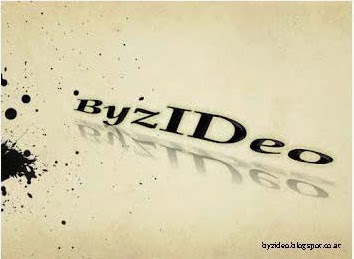Geraldine Heng, The Invention of Race in the European Middle Ages, Cambridge University Press 2018, 493pp.
 |
| CONTENTS |
In The Invention of Race in the European Middle Ages, Geraldine Heng questions the common assumption that the concepts of race and racisms only began in the modern era. Examining Europe's encounters with Jews, Muslims, Africans, Native Americans, Mongols, and the Romani ('Gypsies'), from the 12th through 15th centuries, she shows how racial thinking, racial law, racial practices, and racial phenomena existed in medieval Europe before a recognizable vocabulary of race emerged in the West. Analysing sources in a variety of media, including stories, maps, statuary, illustrations, architectural features, history, saints' lives, religious commentary, laws, political and social institutions, and literature, she argues that religion - so much in play again today - enabled the positing of fundamental differences among humans that created strategic essentialisms to mark off human groups and populations for racialized treatment. Her ground-breaking study also shows how race figured in the emergence of homo europaeus and the identity of Western Europe in this time.
· Covers a wide range of groups in seven chapters, including Jews, Muslims, Africans, Native Americans, Mongols, and Romani; currently, books on premodern race only address Jews, Muslims, and blackness of skin
· Women, children, and issues of sexuality are represented and discussed in each chapter making this a pertinent resource for feminist and gender studies, as well as race, medieval, and early modern studies
· A genuinely interdisciplinary work that contains translations for all foreign and premodern languages discussed within the text




